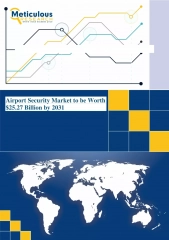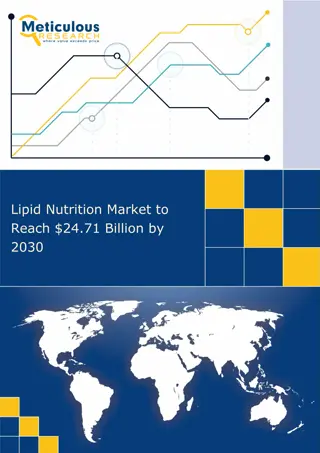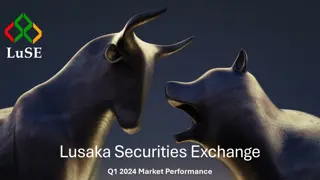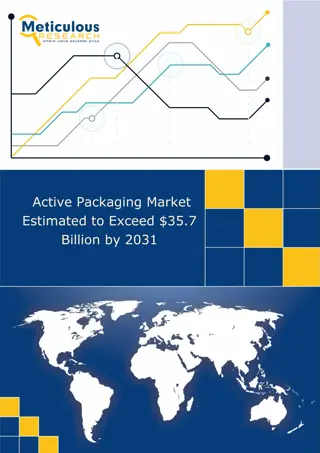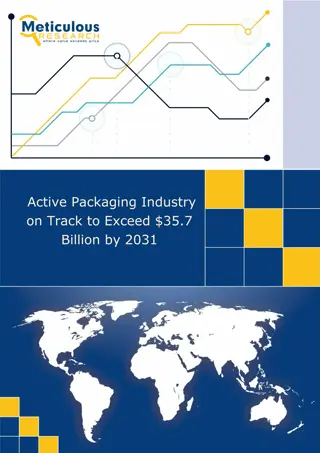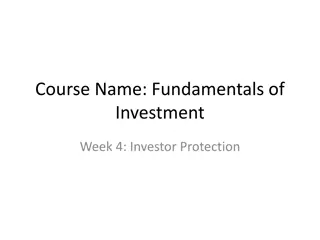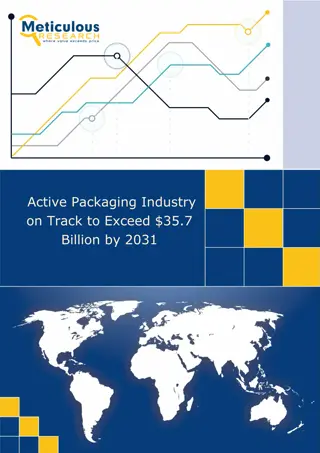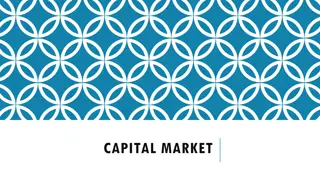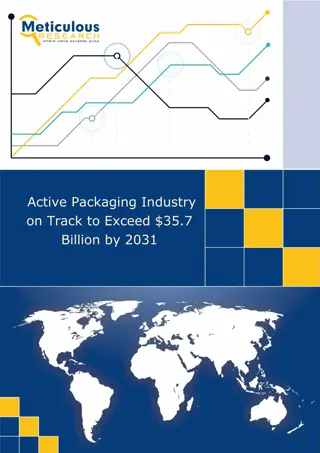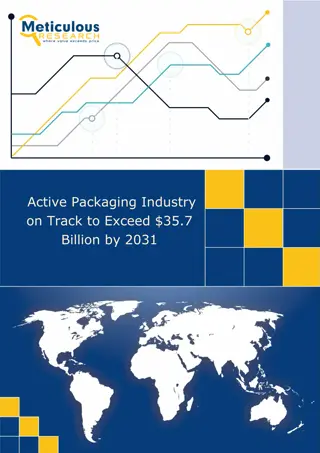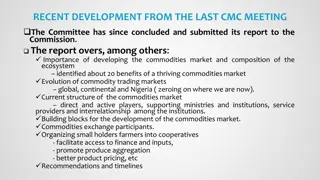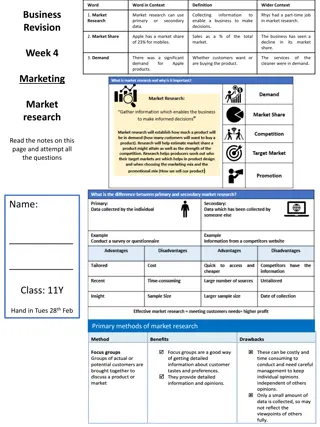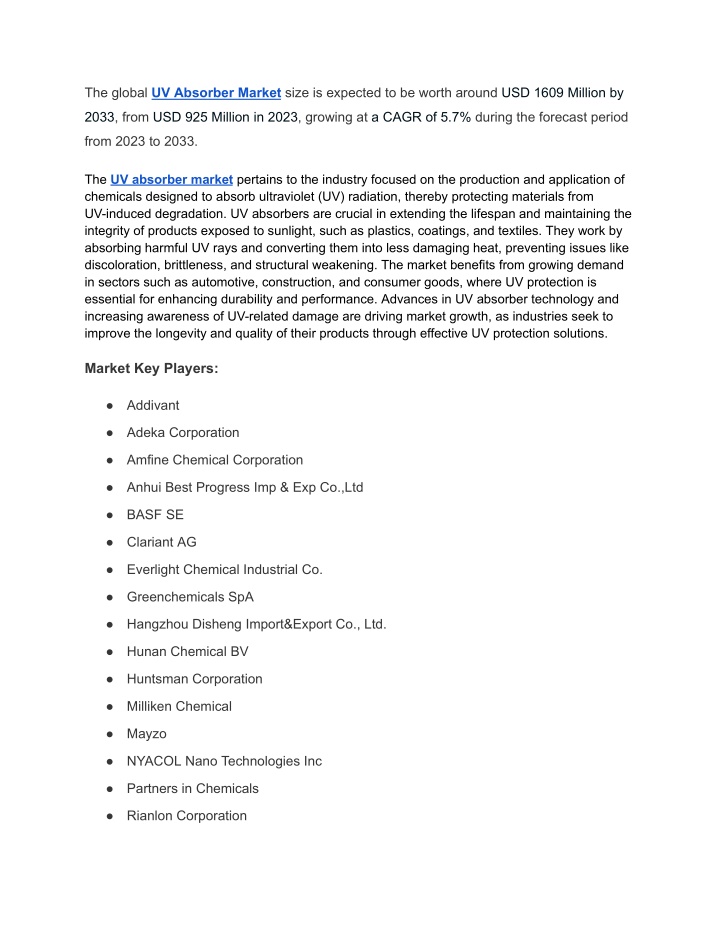
UV Absorber Market
The global UV Absorber Market size is expected to be worth around USD 1609 Million by 2033, from USD 925 Million in 2023, growing at a CAGR of 5.7% during the forecast period from 2023 to 2033.nClick here for request a sample : //market.us/repor
Download Presentation

Please find below an Image/Link to download the presentation.
The content on the website is provided AS IS for your information and personal use only. It may not be sold, licensed, or shared on other websites without obtaining consent from the author. If you encounter any issues during the download, it is possible that the publisher has removed the file from their server.
You are allowed to download the files provided on this website for personal or commercial use, subject to the condition that they are used lawfully. All files are the property of their respective owners.
The content on the website is provided AS IS for your information and personal use only. It may not be sold, licensed, or shared on other websites without obtaining consent from the author.
E N D
Presentation Transcript
The global UV Absorber Market size is expected to be worth around USD 1609 Million by 2033, from USD 925 Million in 2023, growing at a CAGR of 5.7% during the forecast period from 2023 to 2033. The UV absorber market pertains to the industry focused on the production and application of chemicals designed to absorb ultraviolet (UV) radiation, thereby protecting materials from UV-induced degradation. UV absorbers are crucial in extending the lifespan and maintaining the integrity of products exposed to sunlight, such as plastics, coatings, and textiles. They work by absorbing harmful UV rays and converting them into less damaging heat, preventing issues like discoloration, brittleness, and structural weakening. The market benefits from growing demand in sectors such as automotive, construction, and consumer goods, where UV protection is essential for enhancing durability and performance. Advances in UV absorber technology and increasing awareness of UV-related damage are driving market growth, as industries seek to improve the longevity and quality of their products through effective UV protection solutions. Market Key Players: Addivant Adeka Corporation Amfine Chemical Corporation Anhui Best Progress Imp & Exp Co.,Ltd BASF SE Clariant AG Everlight Chemical Industrial Co. Greenchemicals SpA Hangzhou Disheng Import&Export Co., Ltd. Hunan Chemical BV Huntsman Corporation Milliken Chemical Mayzo NYACOL Nano Technologies Inc Partners in Chemicals Rianlon Corporation
SABO S.p.A. Suqian Liansheng Technology Co., Ltd Click here for request a sample : https://market.us/report/uv-absorber-market/request-sample/ By Type: In 2023, Benzotriazole led the UV absorber market with over 44.6% share, favored for its exceptional UV protection in polymers, especially in automotive coatings and plastics. Triazine UV absorbers are significant for their strong absorbency at higher UV wavelengths, making them ideal for sunscreens and outdoor products. Benzophenone, used in personal care items like sunscreens and cosmetics, absorbs UV radiation but faces regulatory scrutiny due to environmental and health concerns. By Application: Adhesives dominated the UV absorber market in 2023 with over 35.8% share, benefiting from UV absorbers that enhance durability and performance in various applications. Cosmetics use UV absorbers to protect and extend the life of sunscreens and skincare products. In the Plastics industry, UV absorbers prevent photodegradation and maintain product integrity, while coatings use them to protect automotive finishes and wood varnishes from UV damage. By End-use: In 2023, the Construction sector led the UV absorber market with over 35.9% share, utilizing UV absorbers to protect building materials from UV degradation. Personal Care products like sunscreens and lotions rely on UV absorbers for skin protection and product stability. The Agriculture sector uses UV absorbers in greenhouse films and nets to safeguard crops, while the Automobile industry employs them in paints and coatings to prevent UV-related damage. By Distribution Channel: In 2023, Indirect Sales captured over 71.3% of the UV absorber market, favored for its broad reach and logistical convenience through wholesalers and online platforms. Direct Sales, involving transactions between manufacturers and end-users, play a crucial role for businesses
that seek closer customer relationships and tailored services, although it represents a smaller share of the market. Key Market Segments: By Type Benzotriazole Triazine Benzophenone Others By Application Adhesives Cosmetics Plastics Coatings Others By End-use Construction Personal Care Agriculture Automobile Others By Distribution Channel Direct Sales Indirect Sales
Drivers: The UV absorber market is primarily driven by the increasing demand for durable and long-lasting materials across industries like automotive, construction, and textiles. UV absorbers are crucial for enhancing the longevity of products exposed to sunlight, protecting automotive paints and coatings, construction materials, and textiles from UV degradation. As global urbanization and consumer expectations rise, the need for effective UV protection solutions grows. Additionally, the push towards sustainability and eco-friendly products further stimulates market demand as industries seek to develop new, less harmful UV absorber formulations. Restraints: The UV absorber market faces challenges from regulatory and environmental concerns. Stricter regulations on chemicals due to their potential health and environmental risks impact the market, particularly for substances like benzophenones and benzotriazoles. The demand for safer, biodegradable alternatives is rising due to environmental issues such as coral bleaching linked to UV filters. Additionally, raw material price volatility adds to market constraints, affecting manufacturing costs and product pricing. Opportunity: The UV absorber market has significant opportunities in expanding biodegradable and eco-friendly products. As global awareness of environmental sustainability increases, there is a growing demand for UV absorbers that are both effective and environmentally safe. Innovations in biodegradable UV absorbers and natural, organic alternatives are gaining traction, meeting the demand for greener solutions. This trend opens new markets and encourages research and development, providing a competitive edge to manufacturers who invest in eco-friendly technologies. Trends: A key trend in the UV absorber market is the shift towards multi-functional UV absorbers. These advanced materials not only block UV radiation but also offer additional benefits such as anti-aging and anti-pollution properties. This trend is particularly notable in cosmetics, where consumers seek products that provide comprehensive skin protection and care. The integration of UV absorbers with antioxidants is also rising, enhancing the efficacy of sunscreens and addressing multiple skin concerns, driven by innovations in material science and increased R&D investments.


